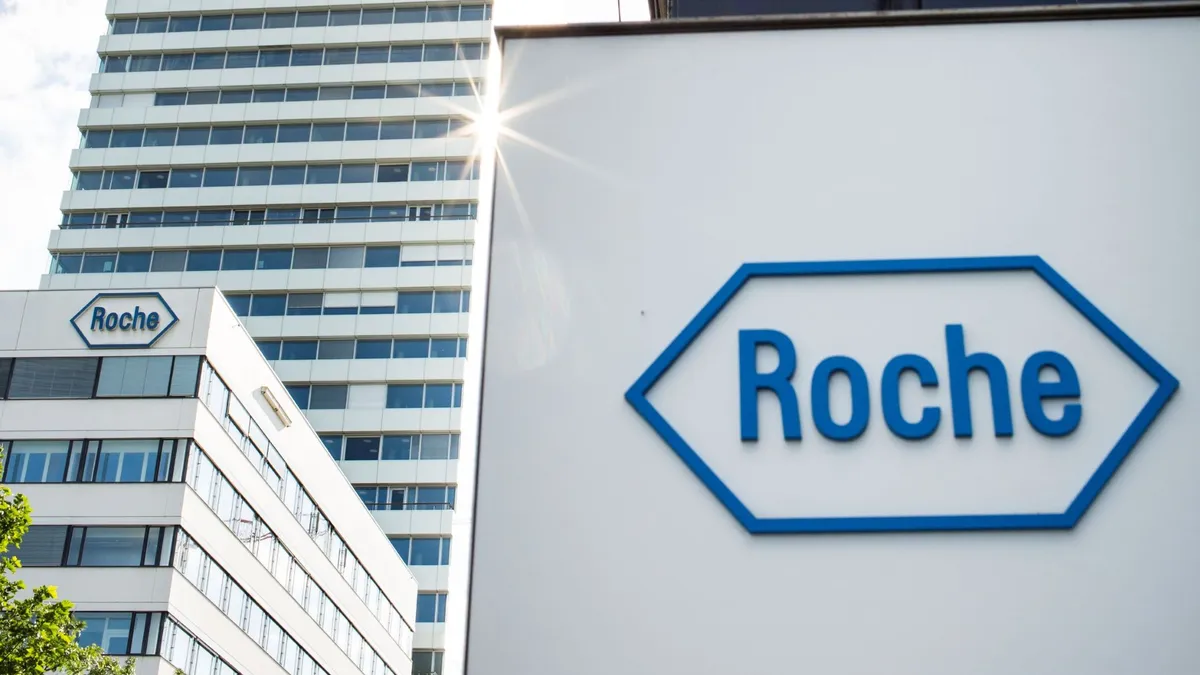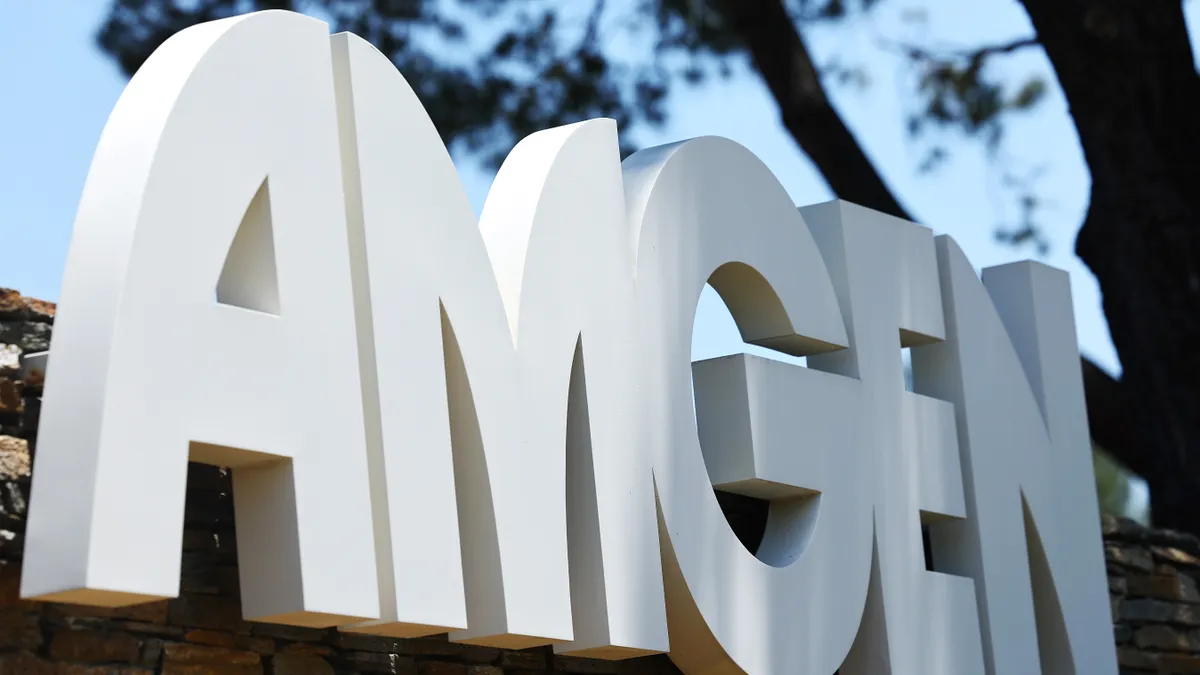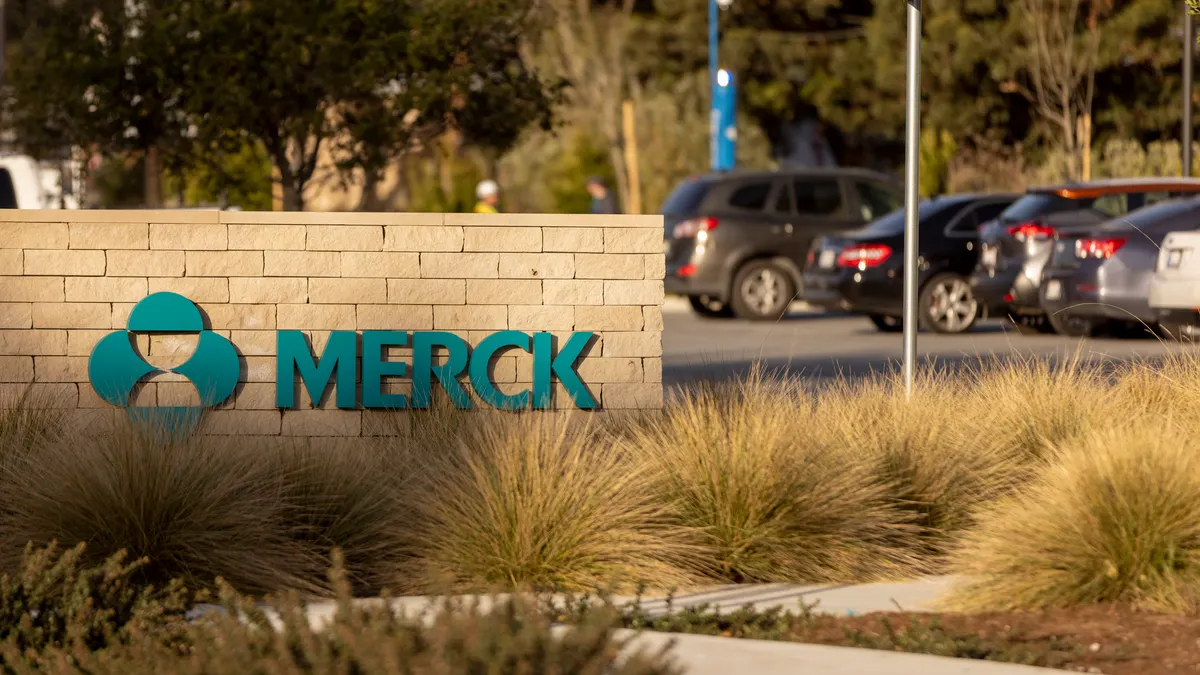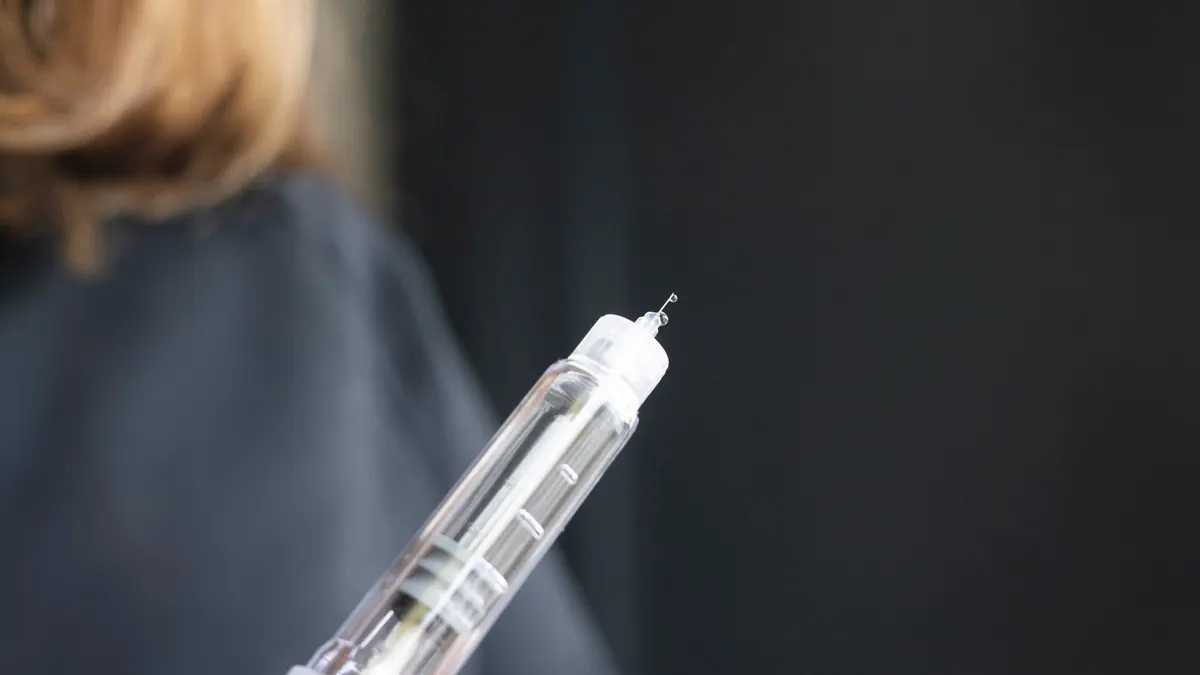The obesity market still only has two clear leaders with approved GLP-1 medications, and frontrunners Eli Lilly and Novo Nordisk are doing all they can to secure their dominance.
The two pharma giants recently revealed what they see as the emerging market opportunities, pitfalls and changing dynamics as they continue to compete head to head.
Novo’s sales rose 18% during the first half compared to the same period last year, but the Danish pharma lowered its revenue and profit outlook for the rest of 2025 due to slower-than-expected growth.
Lilly, meanwhile, is taking over the space thanks to the popularity of Zepbound, its tirzepatide drug for obesity. The Indiana-based company reported that revenue rose 38% during the second quarter of the year, and 41% for the first half. Lilly also upped its 2025 guidance due to strong demand for its GLP-1 drugs.
The quarterly results highlighted how the two companies are competing against each other as other drugmakers wait on the sidelines for their candidates to move through the clinic. Here’s what the latest earnings reports from Lilly and Novo revealed about the evolving GLP-1 market.
The market is growing
Overall, the GLP-1 market grew in the second quarter, with Lilly’s total prescriptions up 41% compared to the same period last year when prescriptions rose just 13%.
According to Lilly, the company is taking up even more market share. After eclipsing Novo earlier this year when it secured 53% of the market, Lilly saw its share rise to 57% during the second quarter, according to an investor presentation. The company also said its tirzepatide meds now account for two-thirds of all patients taking obesity drugs.
And executives see more upside in the future since only about 4% of Americans were taking a GLP-1 for obesity or diabetes last year. In particular, Lilly is bullish on Zepbound’s potential to become the most widely used GLP-1 for obesity.
“While market growth continues to be robust, overall penetration into the addressable population is still low and we believe significantly more patients can benefit from incretin therapy,” Lucas Montarce, Lilly’s CFO, said during the earnings call last week.
Novo, meanwhile, was singing a different tune in its earnings report, noting that growth of its GLP-1 drugs for diabetes was slowing during the quarter compared to prior years. But with the obesity market expanding, there’s still plenty of room to improve according to David Moore, president of Novo Nordisk and executive vice president of U.S. operations.
“The story continues to be about market expansion for obesity,” he said during the quarterly earnings call.
The race for the pill is ramping up
Both Novo and Lilly are in late-state trials for oral versions of their GLP-1 drugs, and Novo is already pursuing U.S. approval for its once-daily semaglutide pill. The FDA is expected to render a decision regarding the drug later this year.
In conjunction with its quarterly earnings report, Lilly announced the latest results from a phase 3 trial of its oral GLP-1, orforglipron, revealing participants lost an average of 12.4% of their weight over 72 weeks. The pill didn’t outperform Novo’s Wegovy as analysts had hoped, sending Lilly’s stock falling in the immediate aftermath of the news despite otherwise stellar earnings results.
Still, the company is pushing forward with the pill and working toward regulatory submissions this year, with anticipated results from five trials for diabetes and obesity over the next five months. Lilly also plans to initiate late-stage studies for hypertension and knee osteoarthritis later this year.
Even if it’s not as effective as Novo’s option, Lilly’s pill could still appeal to patients.
“Orforglipron has the potential to be a more convenient alternative to injectable treatments and to be utilized to support early disease intervention in the primary care setting,” Lilly’s chief scientific officer Dr. Daniel Skovronsky said during the earnings call.
Both drugmakers are racing to bring their pill versions to market, and Novo may have an advantage as it looks to regain market share from Lilly. Novo is also looking to differentiate itself through combination therapies, both injectables and pill versions, in the hopes of improving results and reducing side effects.
Manufacturing is getting more competitive
With their GLP-1 products in high demand, Novo and Lilly have been ramping up manufacturing investments.
Amid the threat of tariffs from President Donald Trump, Lilly has poured billions into domestic manufacturing. In February, the pharma giant said it was adding four new manufacturing sites in the U.S. And Novo has been shelling out hundreds of millions to increase manufacturing capacity globally since last year. Novo also closed its $16.5 billion acquisition of contract manufacturer Catalent last year, ensuring its U.S. production footprint would scale to meet demand for GLP-1 drugs.
As both drugmakers pour fresh funds into building new facilities, U.S. regions are aiming to attract and retain the pharma giants.
Wisconsin Governor Tony Evers offered $100 million in performance-based state tax credits to Eli Lilly last week in connection with the company’s $4 billion facility expansion in the state.
Lilly CEO David Ricks noted the company “produced more than 1.6 times the amount of salable incretin doses during the first half of 2025 when compared to the first half of 2024,” thanks to new manufacturing capacity. Lilly also plans to announce two new sites for manufacturing facilities later this year, he said.
















